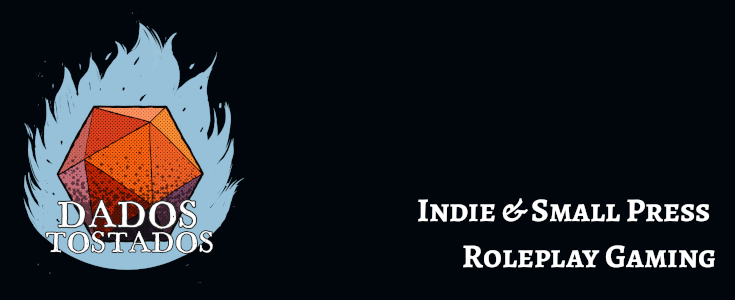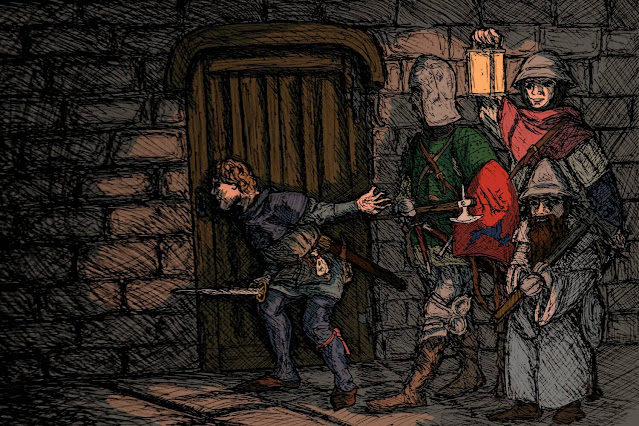Dungeoning & Forensic Psychology
The map to a dungeon is a testimony. Someone went there, saw things and wrote/drew them on paper. But memory is a feeble thing, especially under dire circumstances, and I'm willing to assert that walking through a creepy underground system qualifies as something stressful. So, a map can be wrong, maybe not all of it, but some parts.
There is a branch of forensic psychology that studies why testimony given in court or to the police can be inaccurate, and there is more to it than blatant lies or bad memory. What follows is the application of that knowledge to dungeoning, in particular to dungeoning in possession of a map of your destination.
(More on the why of this article at the end).
Art by Jack Ó Dónail
A map inaccurate
Here is a list of reasons for memory inaccuracies derived from psychology studies:
- Blatant lies.
- Misinformation effect (someone or something unwillingly contaminated the witness' memory with their own bias).
- Poor vision or viewing conditions (sounds familiar?)
- The recall of memory templates (schemata) instead of the real thing.
- False memories by procedures similar to therapy.
- False information presented by a credible source or social pressure.
- Increasing time intervals between the event and the recalling of details.
Regardless of the causes, any of these can have a discrete number of results:
- Suppression (to leave things out of the memory).
- Addition (to put extra things in the memory).
- Distortion
- Make things bigger.
- Make things smaller.
- Place things in a different space, time or subject.
Add a correct memory result and you end up with a fun list of map accuracy possibilities.
The map error 1d20 table
Whenever characters explore a dungeon in possession of a map acquired before the delve, roll a d20 in the following table each time they advance to a new room:
1. Suppression: The map maker forgot to draw a room here. Characters enter a room not depicted on the map. The expected sequence of rooms resumes once they exit this new room.
2. Addition: The map maker inserted a nonexistent room here. Instead of entering the expected room, characters enter the subsequent room.
3-4. Bigger stuff: This room exists, but something about it is bigger than registered. (Bigger space, treasure, magical effect, monster).
5-6. Smaller stuff: This room exists, but something about it is smaller than registered. (Smaller space, treasure, magical effect, monster).
7-8. Displaced stuff: The room exists, but it may (i) correspond to a completely different room in a different section of the dungeon, (ii) have the partial contents from another room in the dungeon, (iii) partial contents registered for this room in the map are in a different one, or (iv) the rooms exits to an existing but different room than the one drawn on the map, thus altering the following sequence of exploration.
9-20. The depicted room is correct.
Displaced stuff is the trickiest but the most fun, in my opinion. It may require a bit of preplanning, but it will crumble the players' plan (if they had one).
Why this?
There is an upcoming online event at the OSR Latam Discord server called Sur Astral #3 (Astral South N°3). This is the third installment where several GMs run the same one-shot adventure with different OSR and OSR-adjacent rulesets, and we make a round table about the experience later. For this occasion, we chose Castle Korpenhalla, which is a beautiful, minimalistic rendition of Castle Ravenloft. It is so beautiful, that it would be a shame to not show it to the players, so I came up with all of this to give them the full map at the start of the game. But, is it faithful enough?



Comentarios
Publicar un comentario